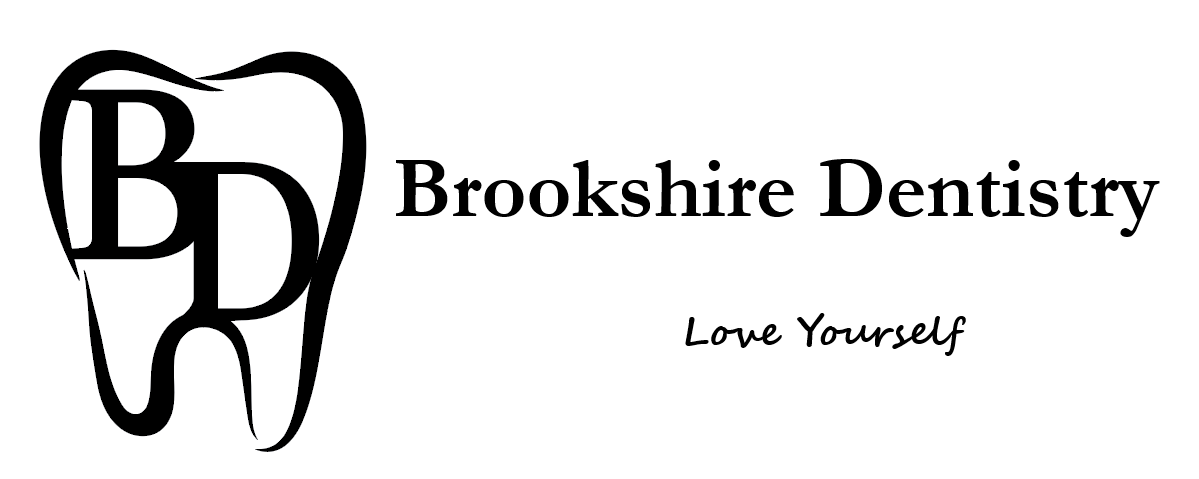Tooth Extractions
A tooth extraction is a dental procedure involving the removal of a tooth from its socket in the jawbone, typically performed when a tooth is severely decayed, damaged, or impacted. This procedure can also be necessary for orthodontic treatment, alleviating overcrowding, or addressing periodontal disease.
The importance of tooth extractions lies in their ability to preserve oral health. Removing problematic teeth can prevent infection, relieve pain, and stop the spread of decay to adjacent teeth. Additionally, timely extractions can facilitate other dental treatments, such as dental implants or braces, ultimately improving a patient's long-term dental function and aesthetic appearance.
Signs That You Might Need a Tooth Extraction
- Extraction may be necessary to prevent the spread of infection when a tooth is extensively decayed and beyond repair with a filling or root canal.
- An abscess, a pocket of pus caused by bacterial infection, can lead to severe pain and swelling. Extraction might be required to eliminate the infection if antibiotics and other treatments fail.
- Teeth trapped beneath the gum line, such as wisdom teeth, can cause pain, infection, or damage to adjacent teeth, necessitating extraction.
- Teeth that are broken or fractured beyond repair, especially if the fracture extends below the gum line, may need to be extracted to prevent further complications.
- Periodontal disease can lead to significant bone loss around the tooth, making it loose and unstable, often requiring extraction to preserve oral health.
- In severe cases of crowding or misalignment, extracting certain teeth may be necessary to create space for proper alignment.
- Accidents or injuries can cause significant damage to teeth, making extraction necessary if the tooth cannot be salvaged.
- Extraction may be needed to resolve the issue if a root canal treatment fails, and the tooth becomes reinfected.
Types of Tooth Extractions
Simple Tooth Extraction
This type of extraction is typically performed on teeth that are visible in the mouth and have a straightforward removal process. It involves loosening the tooth with dental instruments and pulling it out with forceps.
Simple extractions are usually done under local anesthesia, ensuring that the patient feels no pain during the procedure. This method is commonly used for teeth that are decayed, damaged, or require removal for orthodontic purposes.
Surgical Tooth Extraction
Surgical extractions are more complex and involve the removal of teeth that are not easily accessible or visible. This type of extraction is often necessary for impacted wisdom teeth or teeth broken below the gum line. The procedure involves making an incision in the gum tissue to access the tooth, which may require sectioning the tooth into smaller pieces for easier removal.
Surgical extractions are generally performed under local anesthesia or sedation, depending on the tooth's position and the patient's comfort level. This approach is crucial for addressing more complicated dental issues and ensuring a thorough removal while minimizing potential complications.
The Tooth Extraction Procedure
The tooth extraction procedure generally involves several steps to ensure a tooth's safe and effective removal. Before the extraction begins, our dentist in Hurst, TX, will assess the tooth and surrounding structures using X-rays or other diagnostic tools to determine the best approach. The patient's medical history will be reviewed to identify potential risks or complications.
Depending on the complexity of the extraction, the procedure may be performed under local anesthesia, sedation, or general anesthesia. Local anesthesia numbs the area around the tooth, while sedation or general anesthesia helps the patient relax or remain unconscious during the procedure.
The dentist will use specialized tools to loosen the tooth from its socket for a simple extraction. This involves gently rocking the tooth back and forth to break the ligaments holding it in place. Once the tooth is sufficiently loosened, it is removed using forceps.
The surgical extraction process is more elaborate. The dentist will make an incision in the gum tissue to access the tooth, which may be broken into smaller pieces if it is difficult to remove in one piece. The dentist will then carefully extract the tooth and may need to smooth the bone surface or stitch the gum tissue back together.
After the tooth is removed, the dentist will provide instructions for care to ensure proper healing. This typically includes advice on managing pain with prescribed or over-the-counter medications, avoiding certain foods and activities, and maintaining oral hygiene to prevent infection. Patients are usually advised to bite down on a gauze pad to control bleeding and may need to follow up with our dentist to monitor the healing process and address any complications. Contact us today to learn more.
The Benefits of Getting a Tooth Extracted
Pain Relief
One of the most immediate benefits of tooth extraction is that it can provide relief from pain caused by severe decay, abscesses, or fractures. Removing the problematic tooth can alleviate ongoing discomfort and improve the patient's quality of life.
Preventing the Spread of Infection
If left untreated, an infected tooth can lead to severe complications, including the spread of infection to surrounding teeth, gums, or even other parts of the body. Extraction removes the source of the infection, reducing the risk of further health problems.
Improved Oral Health
Extracting a problematic tooth can prevent additional dental issues. For instance, removing a tooth that is decayed or damaged beyond repair can prevent the spread of decay to adjacent teeth and protect overall oral health.
Better Aesthetic Outcomes
Extraction can improve the appearance of some patients’ smiles, particularly those with overcrowding. In cases where extraction is followed by restorative treatments like dental implants or bridges, the final result can enhance the smile and overall facial aesthetics.
Tooth extraction in Hurst, TX, might seem daunting, but it can be vital for maintaining oral health. Visit Brookshire Dentistry at 1801 Precinct Line Rd., Suite A, Hurst, TX 76054, or call (817) 577-9200 to book your appointment. Our expert dental team is here to provide safe and effective tooth extractions, ensuring you get the relief you need.
Office Hours
MON8:00 am - 5:00 pm
TUE8:00 am - 5:00 pm
WED8:00 am - 5:00 pm
THU8:00 am - 5:00 pm
FRI8:00 am - 4:00 pm
SATClosed
SUNClosed



